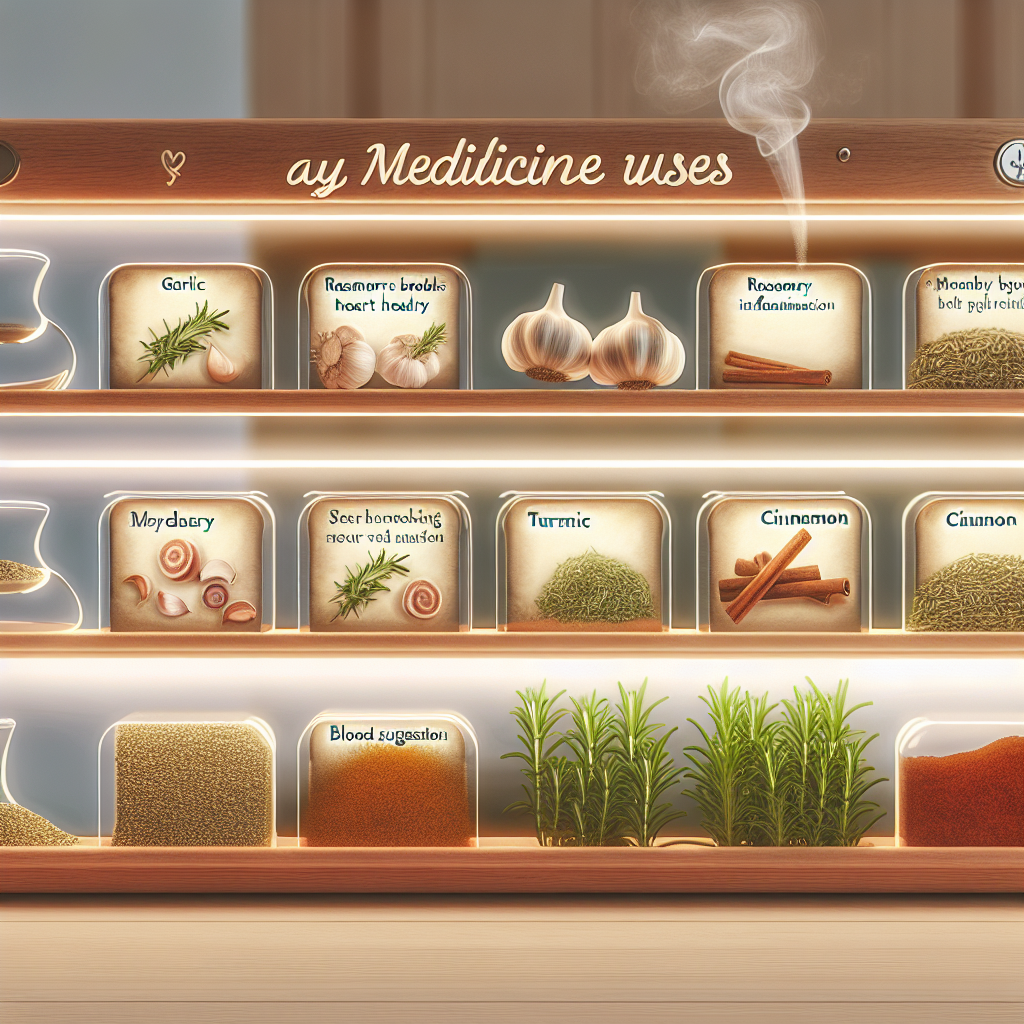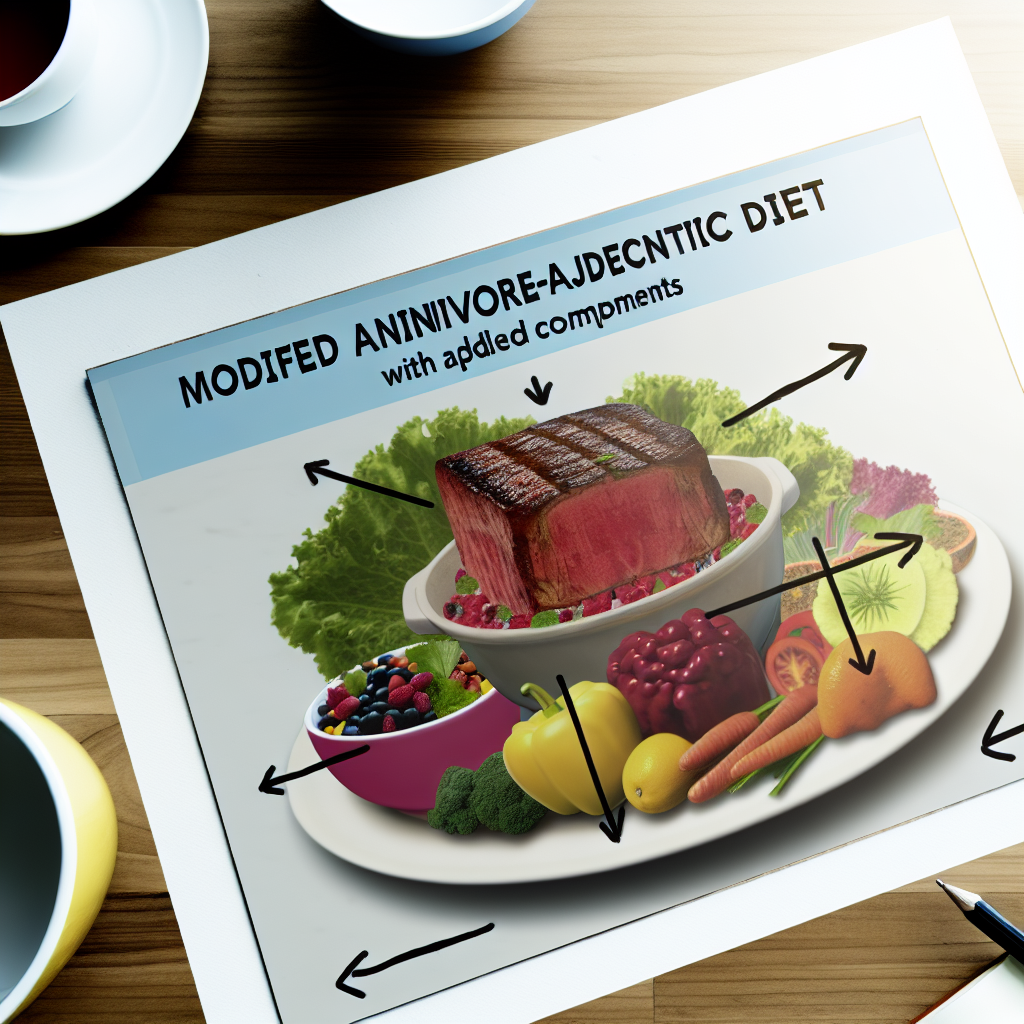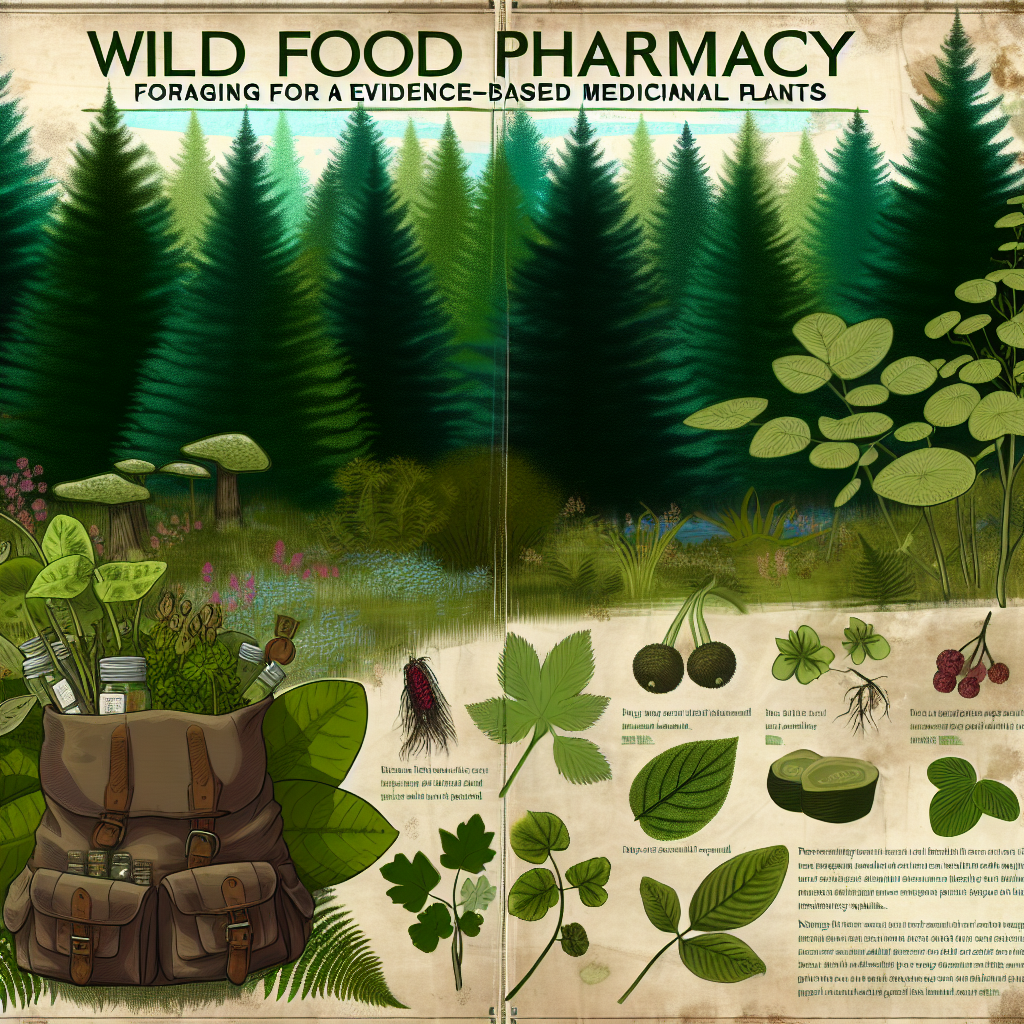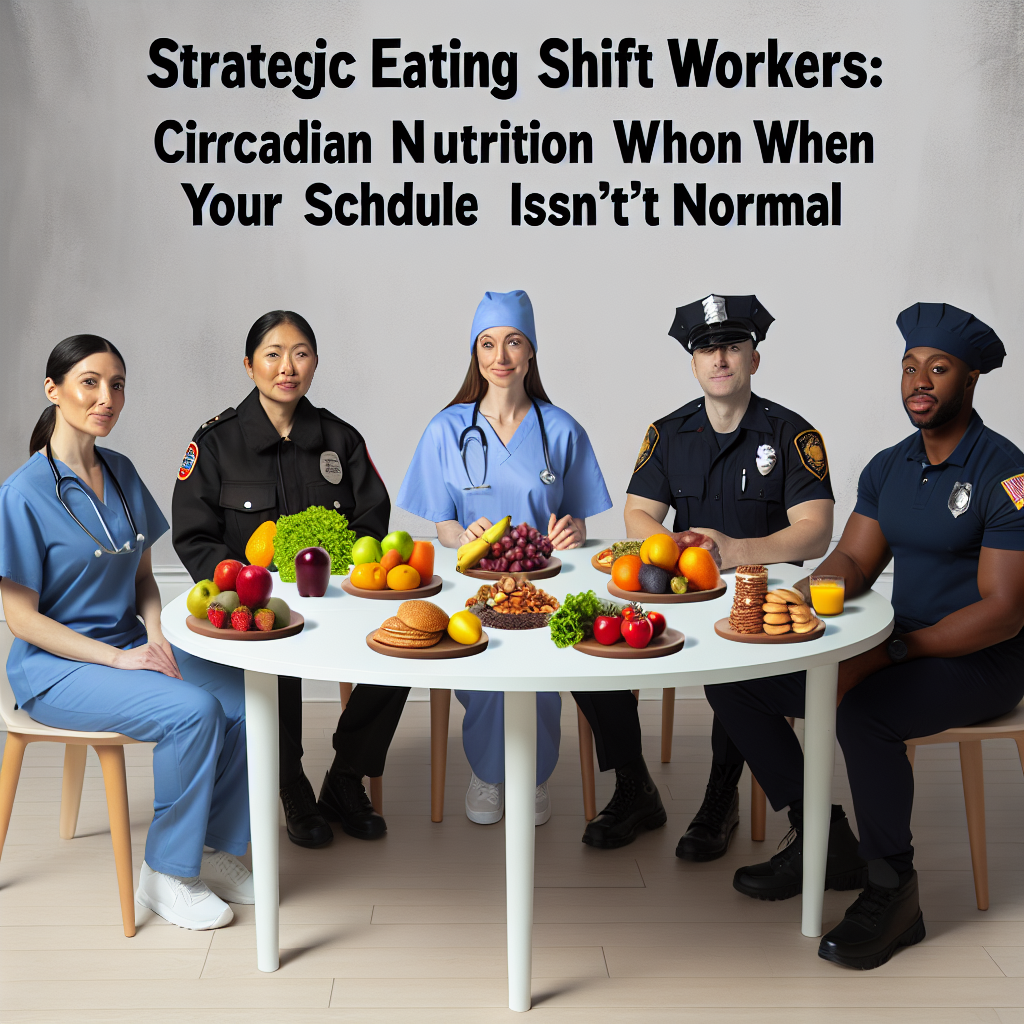Therapeutic Food Preparation: How Cooking Methods Transform Medicinal Properties
Introduction
In a world increasingly embracing natural health solutions, the kitchen is becoming more than just a place to prepare meals—it’s evolving into a sanctuary for healing. With the rise of holistic wellness and integrative medicine, people are now reexamining the power of food not just as sustenance, but as a natural form of therapy. One of the most fascinating and often overlooked aspects of food therapy lies in the way we prepare our meals. Cooking methods can significantly impact the medicinal properties of natural ingredients, either enhancing or diminishing their healing potential.
From raw diets to slow simmered broths, the tradition of therapeutic food preparation dates back thousands of years. Ancient civilizations such as Traditional Chinese Medicine and Ayurveda have long emphasized that temperature, method, and combination of ingredients all play a crucial role in the efficacy of food as medicine. Today, modern science is beginning to validate what these traditional systems have known for ages: how we cook our food matters just as much as what we eat.
Take garlic, for example—raw garlic contains powerful sulfur compounds like allicin, which have been shown to have antiviral, antifungal, and anti-inflammatory properties. However, allicin is extremely sensitive to heat and can be significantly reduced or destroyed through prolonged cooking. By contrast, cooking tomatoes actually increases the bioavailability of lycopene, a potent antioxidant that may reduce the risk of cancer and cardiovascular disease.
Understanding and applying the science behind cooking techniques can revolutionize the way we view our daily meals. It can empower individuals to take control of their health in a natural, accessible, and highly effective way. This is especially crucial for those who prefer homeopathy, herbal treatments, or natural remedies as part of their healthcare routine.
In this article, we’ll explore how different cooking methods—such as boiling, steaming, roasting, fermenting, and raw consumption—alter the therapeutic potency of specific foods. We’ll also delve into scientific studies that underscore the significance of proper preparation in retaining or enhancing medicinal value. By gaining this knowledge, readers can harness their meals as tools for healing, nutrition, and preventative healthcare.
How Cooking Methods Influence Natural Medicine: The Science Behind the Stove
Scientific inquiry into the medicinal effects of food preparation methods has grown significantly in recent years, highlighting the complex relationship between thermal processes and bioactive compounds.
One key area of focus is the impact of cooking on antioxidants. A 2009 study published in the *Journal of Food Science* investigated how various cooking methods affect the antioxidant activity of vegetables. It was found that boiling extensively lowered antioxidant levels in vegetables such as broccoli and spinach, whereas steaming helped retain and even increase antioxidant activity in certain cases. Steaming was especially beneficial for maintaining compounds such as glucosinolates, which are associated with detoxifying enzymes and cancer prevention ([source](https://onlinelibrary.wiley.com/doi/full/10.1111/j.1750-3841.2008.01091.x)).
Another compelling study conducted by the *University of California, Davis*, demonstrated how cooking methods could enhance the health-promoting compound lycopene in tomatoes. The researchers found that when tomatoes were cooked slowly at low temperatures, their lycopene content became more bioavailable, making the nutrient easier for the body to absorb. Lycopene has documented benefits for cardiovascular and prostate health ([source](https://pubmed.ncbi.nlm.nih.gov/12738185/)).
Garlic, a cornerstone in many natural remedies, also exhibits variable biological effects depending on how it’s prepared. According to research published in the *Journal of Nutrition*, letting chopped or crushed garlic sit for 10 minutes before exposing it to heat can help preserve allicin, its key medicinal compound. This improvement in bioavailability can contribute positively to immune function, blood pressure control, and cholesterol regulation ([source](https://academic.oup.com/jn/article/131/3/980S/4686795)).
Fermentation: Unlocking Ancient Benefits with Modern Science
Fermentation, an ancient cooking and preservation technique, is also gaining scientific endorsement. A 2016 review in *Frontiers in Microbiology* explored the gut-health-boosting effects of fermented foods such as kimchi, kefir, and sauerkraut. The review concluded that fermented foods introduce beneficial probiotics into the digestive system, which in turn support immune responses, mental health, and nutrient absorption. Traditional preparation allows beneficial bacteria to multiply, enhancing therapeutic potential profoundly ([source](https://www.frontiersin.org/articles/10.3389/fmicb.2016.00378/full)).
These findings reinforce the fact that preparation techniques are not merely culinary decisions—they are integral components in maximizing the nutritional and medicinal benefits of our food. As emerging studies continue to validate time-honored traditions of therapeutic cuisine, they bridge the gap between ancestral wisdom and contemporary healthcare practices.
Back to the Kitchen: Everyday Healing Through Intentional Cooking
As the trend toward natural and self-directed healthcare grows, understanding the therapeutic power of food preparation becomes increasingly vital. Cooking methods are more than culinary preferences; they are potent tools that can either amplify or reduce a food’s medicinal properties. With scientific validation backing ancient knowledge, it is clearer than ever that how we treat our ingredients—whether by gently steaming, carefully fermenting, or skillfully roasting—can dictate their effectiveness as agents of healing.
By incorporating intentional cooking practices into your daily routine, you not only enhance the sensory experience of your meals but also significantly bolster their health benefits. This becomes especially meaningful for those pursuing homeopathic, herbal, and natural avenues for wellness. Let us return to our kitchens not just as cooks, but as healers—equipped with the understanding that food, thoughtfully prepared, truly is medicine.
References
1. Wachtel-Galor S, Benzie IFF. Herbal Medicine: Biomolecular and Clinical Aspects. 2nd edition. CRC Press/Taylor & Francis. 2011. [source](https://www.ncbi.nlm.nih.gov/books/NBK92773/)
2. Vallejo F, Tomás-Barberán FA, García-Viguera C. Health-promoting compounds in broccoli as influenced by cultivar and method of cooking. *J Sci Food Agric.* 2002. [source](https://onlinelibrary.wiley.com/doi/full/10.1002/jsfa.1194)
3. Stahl W, Sies H. Lycopene: a biologically important carotenoid for humans? *Arch Biochem Biophys.* 1996. [source](https://pubmed.ncbi.nlm.nih.gov/8914529/)
4. Lawson LD, Wang ZJ. Low allicin release from garlic supplements: a major problem due to the sensitivities of alliinase activity. *J Nutr.* 2001. [source](https://academic.oup.com/jn/article/131/3/980S/4686795)
5. Marco ML, et al. Health benefits of fermented foods: microbiota and beyond. *Front Microbiol.* 2016. [source](https://www.frontiersin.org/articles/10.3389/fmicb.2016.00378/full)
Concise Summary:
This article explores how different cooking methods can significantly impact the medicinal properties of natural ingredients, either enhancing or diminishing their healing potential. From boiling and steaming to fermentation, the way we prepare our food plays a crucial role in its therapeutic efficacy. The article delves into scientific studies that validate ancient wisdom on the importance of proper food preparation, empowering readers to harness their meals as tools for natural healing, nutrition, and preventative healthcare.

Dominic E. is a passionate filmmaker navigating the exciting intersection of art and science. By day, he delves into the complexities of the human body as a full-time medical writer, meticulously translating intricate medical concepts into accessible and engaging narratives. By night, he explores the boundless realm of cinematic storytelling, crafting narratives that evoke emotion and challenge perspectives.
Film Student and Full-time Medical Writer for ContentVendor.com




